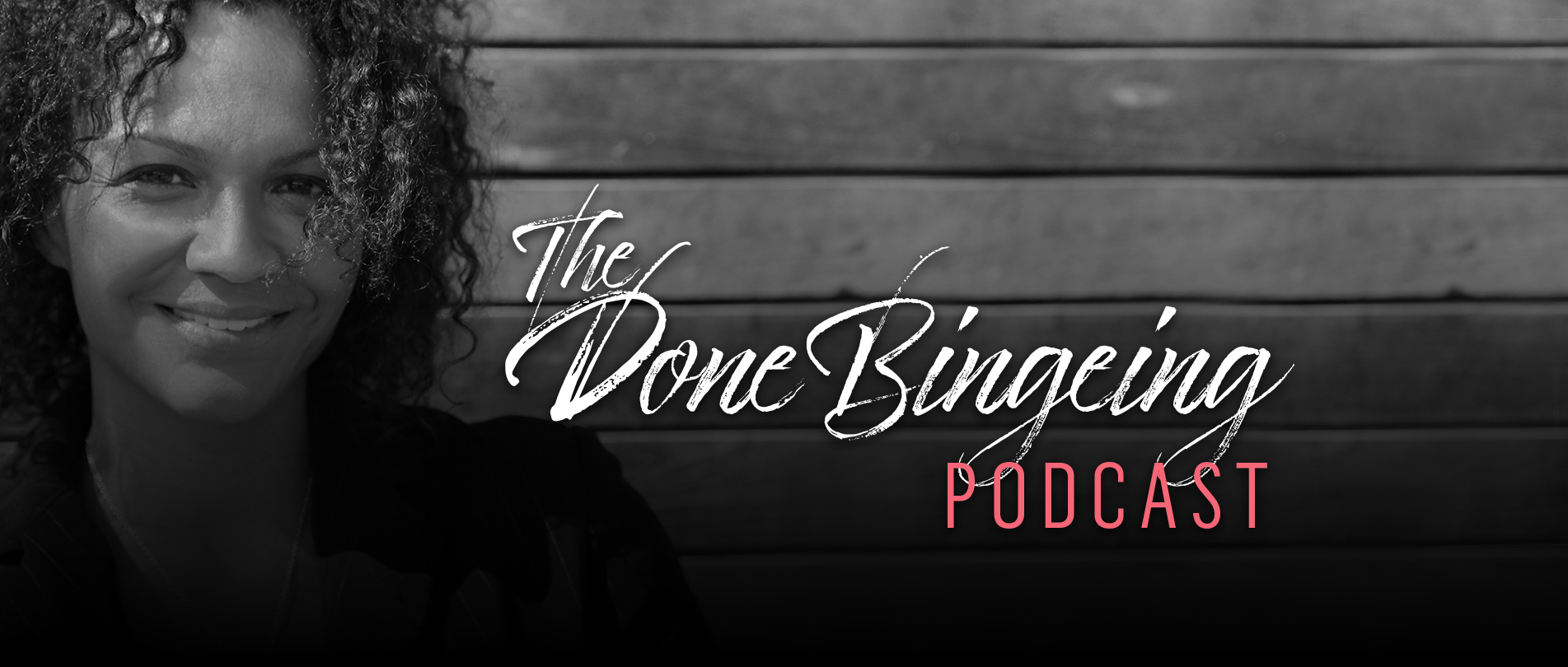
EP #32: Understanding boundaries
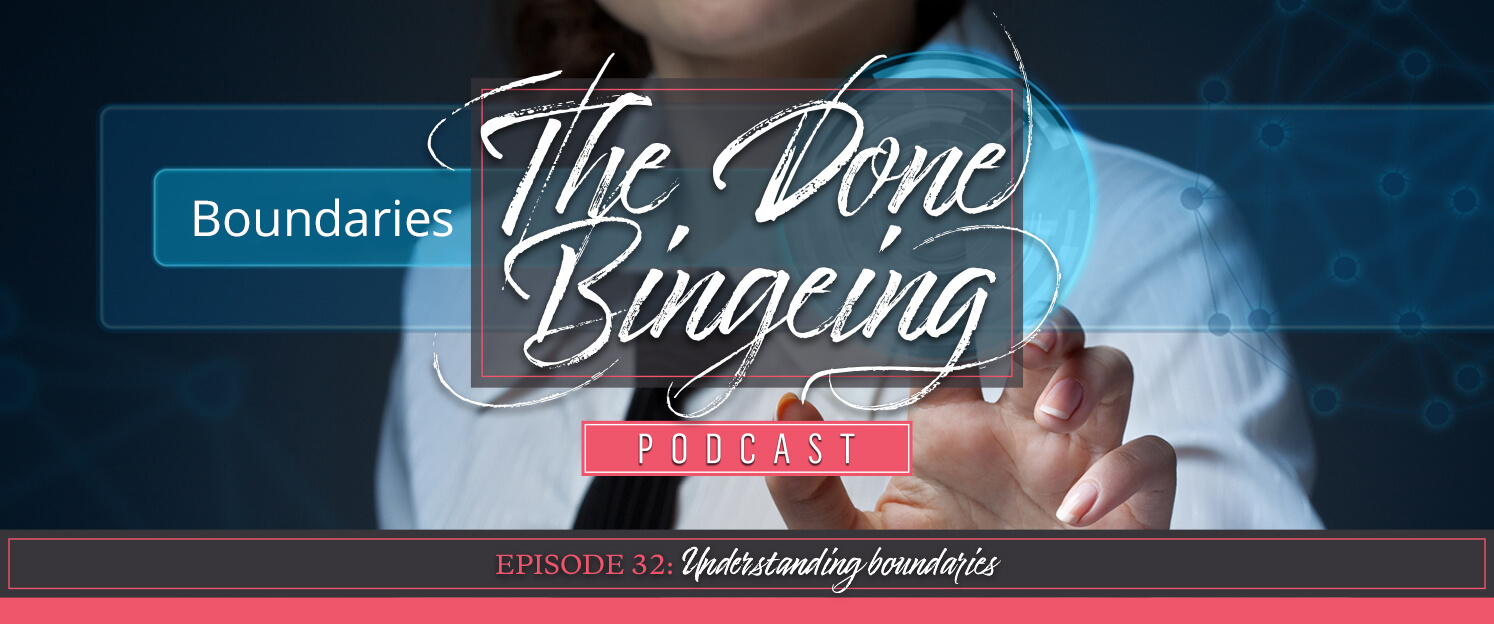
The last three episodes explored both the downside of having rules for others around your eating, your food, and your weight, and the upside of letting those rules go. But we were careful to acknowledge that taking responsibility for how you feel and what you do, regardless of other people’s behavior, doesn’t mean that you stay in relationships—or that you tolerate relationship dynamics—that harm you or don’t serve you well. Sometimes it’s necessary to set boundaries with other people, and that’s the focus of this episode! Listen in to find out more!
Get full show notes and more information here: https://www.holdingthespace.co/32
Episode: Play in new window
Subscribe: iTunes | Google Play | Stitcher | RSS
- The difference between a manual and a boundary.
- A common mistake people make about boundaries.
- The necessary condition that must be met to define your boundaries.
- Where you draw the line on your own personal and emotional well-being.
What do a fork in the eye and a hole in the port have to do with understanding boundaries? Keep listening!
Welcome to The Done Bingeing Podcast. This is the place to hear about how you can pair the emerging brain science about why you binge with powerful life coaching to help you stop. If you want to explore a non-clinical approach to end binge eating, you’re in the right place. It’s time to free yourself. You have more power than you know. And now, your host, Life and Weight-Loss Coach Martha Ayim.
Welcome to Episode 32 of The Done Bingeing Podcast.
We’ve spent the last three episodes exploring both the downside of having rules for others around your eating, your food, and your weight, and the upside of letting those rules go.
But we were careful to acknowledge that taking responsibility for how you feel and what you do, regardless of other people’s behavior, does not mean that you stay in relationships—or that you tolerate relationship dynamics—that harm you or don’t serve you well.
Sometimes it’s necessary to set boundaries with other people, and that’s where we’re goin’ in this episode.
Boundaries are commonly misunderstood as a way to control other people. But the heart of our work of letting go of our manuals—the rulebooks we have for other people—was the acknowledgment that we cannot control others. So . . . let’s not forget this and slip back into that trap. Because don’t need to go back there!
Let’s spend some time understanding what a boundary is. And I have to credit my teacher Brooke Castillo for helping me to understand boundaries in this way.
Sometimes it’s helpful to start by thinking of a property boundary. The perimeter of your property—whether it’s the front door of your apartment, the fence around your grass, the No Trespassing sign at the edge of your land, or the curb at the end of your driveway—delineates where you end and others begin. In other words, boundaries trace the edge of what’s within your purview and what’s not.
Most people have a clear boundary around their home and property, which makes it easy for you to know when someone has crossed your boundary and for another person to know when they’re entering your space. The boundary is pretty clear to all parties.
But not only that. What to do in regards to the boundary is also pretty clear. For example, it’s generally accepted that a letter carrier may walk up your driveway to deliver mail. But kicking the door down to place your parcels on the kitchen table? Uh uh.
I think it’s partly because property boundaries are well marked, and almost universally understood, accepted, and respected, that most of us don’t spend many of our waking hours agonizing about violations to our property boundaries. But if something’s not clear or needs to be clarified about what is and isn’t okay within your property, you can communicate that. In other words, within your property boundary, you get to make decisions.
Now, you don’t have supreme sovereignty over your property. For example, if the feds think you’re growing an awful lot of green plants in your basement, they’re probably comin’ in, whether you like it or not.
Now, we have to stop and acknowledge something. At the moment, we are not being invaded by another country or army that’s blowing our properties to smithereens. This is not a right enjoyed by all. So the discussion in this episode has to recognize that a baseline of social and political peace is necessary to entertain our current exploration of boundaries.
So we started out by talking about property boundaries because they’re generally well understood. But what we really want to delve into here is more about personal and emotional boundaries.
In this sense, a boundary is a way of drawing a kind of perimeter around our ourselves—the proverbial line in the sand—that demarcates what we will and will not tolerate in terms of other people’s behavior.
In some ways, personal and emotional boundaries are as clearly indicated and understood as are property boundaries. For example, we don’t need to walk around with a placard that says, “Physical violence will not be tolerated. If you hit me, I will either run, call the police, or hit you back if I need to defend myself.” Why don’t we need a placard like that? Because this is a generally understood and respected personal boundary.
But in other ways, we aren’t as clear about our personal and emotional boundaries as we are about our property boundaries, and that means others may be unaware that they’ve violated one.
Also, personal or emotional boundaries can vary wildly from person to person. For example, Joyce might be totally fine if, at every holiday dinner, her sister-in-law says, “My word, you’ve put on the beef this past year.” Henrietta, on the other hand, might take her fork and stab sis’ in the eye.
You see where this gets tricky?
So, let’s put the fork down and get clear about what is and isn’t okay for you.
Do you know? Do you know where you end and another begins? Do you know your perimeter or is it constantly changing? Where do you draw your line? Or do you let others draw it for you and meander into spaces that are really your own, while you lick your wounds or plot your revenge?
What do you notice about all of these questions? What condition must be met to answer them?
That’s okay, take your time. You’re not gonna hurt my feelings if it’s not coming to you instantly, even though I’ve talked about it like a thousand times on this podcast.
Now, if you think I’m hinting about self-regard, you are absolutely right.
You need to think you’re worth something, to regard and treat yourself with dignity, to be able to even conceive of a boundary between you and someone else in the first place, let alone communicate that boundary to another person and say, “Hey, that’s not okay with me.”
In the next episode, we’re going to spend some time understanding how to set boundaries, but for right now, I want you think about what your boundaries are.
Remember personal and emotional boundary violations are events that jeopardize your safety or well-being.
Is it okay with you if someone repeatedly calls you “fatty”?
Is it okay with you if Blaine keeps calling and texting even after you’ve said, “No, thank you,” to the offer of a date?
Is it okay with you that your children demand that you buy junk food when you do not want it in your home?
Is it okay with you that your partner tells you what to eat?
Is it okay with you that your mom loads your plate with seconds when you’ve said you’re done?
Is it okay with you that your friend stops calling every time you lose weight, because she likes to be the thin one?
What’s okay with you and what’s not?
Make a list of interactions with others that you dread, that make your skin crawl—the kind of dynamics that weren’t resolved with the work we did on letting go of rulebooks for others.
Don’t rush this. It might take some time. You may not have thought of boundaries in this way before. And if you have, it doesn’t hurt to clarify them and revisit them so that you’re really clear on where you end and others begin.
Take this week to go for an imaginary walk on the beach—or for a real walk on the beach if you have access to one. Scout around for a solid stick and begin to draw a circle around yourself.
I often feel that an integral part of our journey on this Earth is to be whole by the end, or at least as close to whole as we can get.
To be whole means to embrace all of you.
What lights up your soul and what lurks in your shadows.
What you stand for and what you won’t stand for.
What matters to you and what doesn’t.
What you will and won’t do.
And what you will and won’t let others do.
All of you.
To live your life without self-regard is to try to sail the seas with a hole in the port.
Life is coming.
Life is here.
Perhaps it’s thrashing you right now in a surging, stormy, darkened fury.
Or perhaps it’s drawing you gently out further than you’ve gone before, carrying you on an undertow you cannot see.
The water moves you.
The moon moves the water.
The mysteries move the moon.
And, through it all, you need a vessel that is sturdy and seaworthy, with a structural integrity that can handle what comes.
And if that structure, that boundary that allows you to navigate the sea, is breached you need to know you’re worth fixing it.
Why?
So you don’t go down in someone else’s wave or someone else’s storm.
It’s time to tend to the hole in the port, to stake your boundary, and to cherish what’s within it.
You need water to drink and hydrate you, but you don’t need water to flood and sink you.
Know the difference.
Know what you need.
Then get out there and defend it.
Not because you can’t take responsibility for your own emotions and actions.
Not because you need to control someone else’s.
But because some things are inviolable.
Because some lines may not be crossed.
Lines defined and held by you.
Why?
Because you’re worth it.
That’s it for Episode 32. Thank you for listening. The new year is upon us. Do you want to sign up for a new diet program and hang onto promises from others that you’ve hung onto many times before? Or do you want to invest in an enduring promise this year? I’m starting a group coaching program in January where we are going to study and apply the concepts in The Done Bingeing Podcast together. Learning in a group can be so powerful. In part because we get to see literally that we’re not alone, even if we thought we’d already gotten that intellectually. But also in part because we learn so much from where we are stuck in similar ways to others, and from where our struggles diverge. If you’re ready to take the next step in your journey to end your struggle with bingeing or overeating, stay tuned for more details coming next week!
Thanks for listening to The Done Bingeing Podcast. Martha is a certified life and weight loss coach who’s available to help you stop bingeing. Book a free session with her at www.holdingthespace.co/book. And stay tuned for next week’s episode on freeing yourself from binge eating and creating the life you want.
- Never miss an episode by subscribing via iTunes, Stitcher, Google Play, or RSS.
- Leave a rating and review in iTunes.
- Have a question or topic you’d like to see covered on the podcast? Send it on over to support@holdingthespace.co.
- If you found this episode valuable, it would mean so much to me if you would please share it with your friends.
In the comments below, please tell me:
- Do you have boundaries for behavior that you will not tolerate? If so, what are they? If not, why not, and what do you think some of them might be?
- Take some time to make a list of interactions with others that you dread, that make your skin crawl—the kind of dynamics that weren’t resolved with the work we did on letting go of rulebooks for others. Don’t worry! In the next episode, we’re going to work on setting boundaries to address some of these situations.
Thank you so much for sharing your thoughts with me.
Sending much love to you!


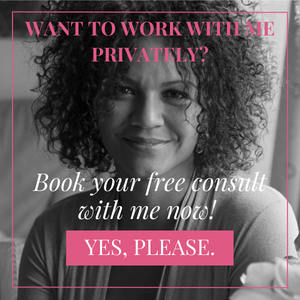
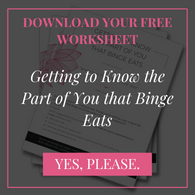
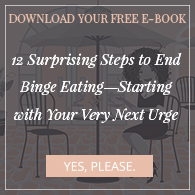

















0 Comments